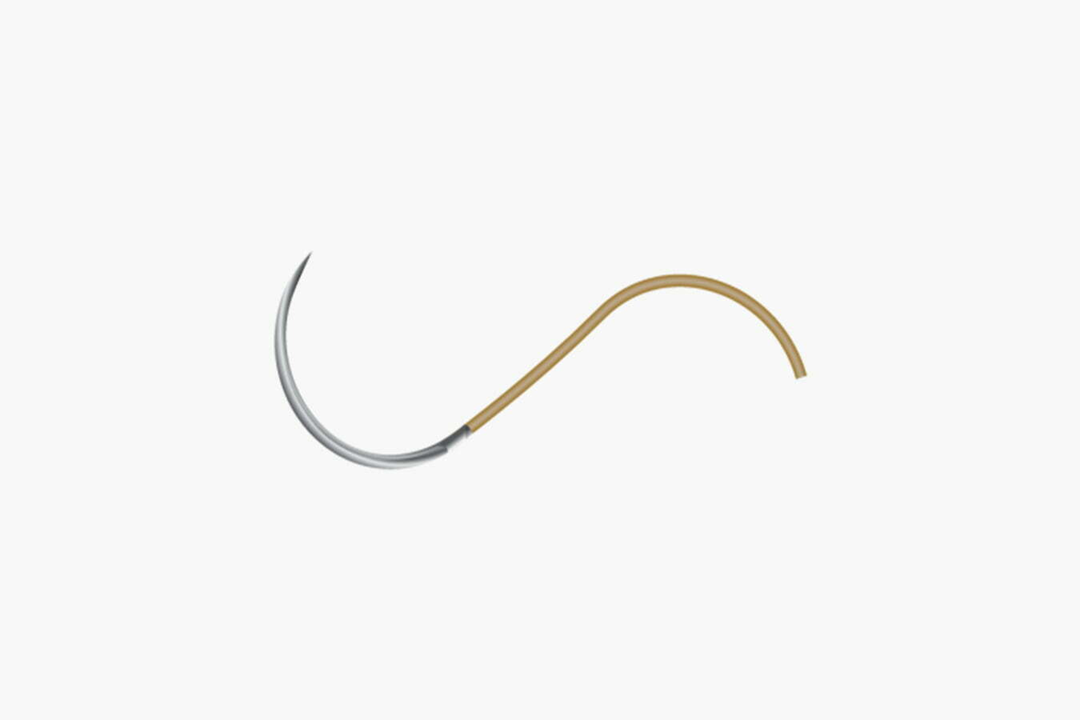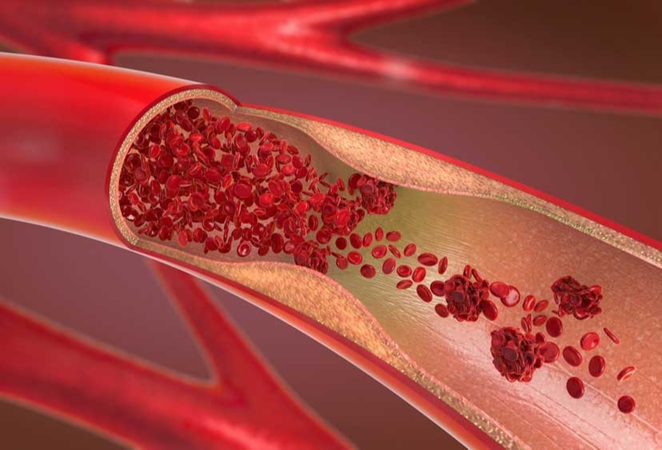Understanding Its Role in Medical Procedures
In the world of medical sutures, there is a wide range of materials used to stitch wounds, with some being more common than others. One such suture that often raises questions is the catgut suture. While the name might suggest a connection to cats, its origins and usage are quite different from what the name implies. Let’s explore what catgut sutures are, how they’re used, and why they’ve become a staple in the medical field.
The Origins of Catgut
Despite its name, catgut is not made from cats. The term “catgut” refers to a type of cord traditionally made from the natural fiber found in the intestines of sheep, goats, or other animals, particularly from the submucosa layer (the layer just beneath the innermost lining of the intestines). The term “cat” is thought to have originated from the mispronunciation of “kitten,” referring to the younger goats used for harvesting these fibers.
Catgut has been used in medical applications for centuries, dating back to ancient times. It was initially chosen for its durability, pliability, and ability to hold knots securely—qualities essential for surgical procedures.
Properties of Catgut Sutures
Catgut sutures are classified as absorbable sutures, which means they are designed to dissolve naturally in the body over time, eliminating the need for removal. The body absorbs the suture material through enzymatic action, and the rate at which this happens depends on the specific type of catgut suture and the conditions of the wound.
One of the key benefits of catgut sutures is their biocompatibility, meaning they are generally well-tolerated by the human body. They are also known for their strength and reliability, making them an excellent choice for internal tissues that need to be stitched up during surgery.
Applications of Catgut Sutures
Catgut sutures are most commonly used in internal surgeries and procedures that require absorbable sutures. Some common uses include:
- Gastrointestinal surgeries: Since catgut is derived from the intestines of animals, it is often used in surgeries involving the gastrointestinal tract.
- Ophthalmic surgeries: Catgut is ideal for eye surgeries, such as cataract removal or corneal stitching, due to its smooth texture and ease of handling.
- Orthopedic surgeries: It is sometimes used to stitch ligaments or tendons.
- Gynecological procedures: Catgut is frequently used in gynecological surgeries due to its absorbability and low risk of irritation.
Advantages of Catgut Sutures
There are several advantages that make catgut a popular choice in the medical field:
- Absorbable: Since catgut sutures are absorbable, they don’t require removal, which makes them ideal for internal tissues or areas that are hard to reach.
- Biodegradable: Catgut sutures are biodegradable and dissolve naturally in the body, which reduces the risk of infection and complications.
- Strong and reliable: They offer excellent tensile strength, which helps to secure wounds effectively while healing.
Disadvantages and Alternatives
Despite the many benefits, catgut sutures also have some downsides. For instance, they are more prone to being absorbed too quickly in some cases, which could lead to insufficient wound closure before the material dissolves. Additionally, because catgut is a natural material, it may cause allergic reactions or irritation in some individuals.
In modern medicine, catgut sutures are sometimes being replaced by synthetic absorbable sutures such as polyglactin or polyglycolic acid. These synthetic materials tend to have more predictable absorption rates and are less likely to cause allergic reactions.
Conclusion
Catgut sutures have played a significant role in medical history, providing an essential method for stitching internal tissues and promoting healing. While they may not be as widely used today due to the development of synthetic materials, they remain an important option for certain surgical procedures due to their strength, absorbability, and biocompatibility. Understanding what catgut sutures are and how they work can offer valuable insight into the world of medical techniques and their evolution over time.




Leave a Reply